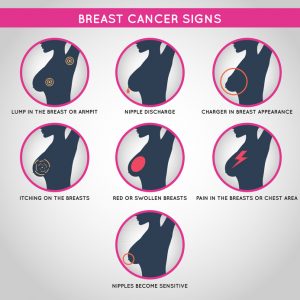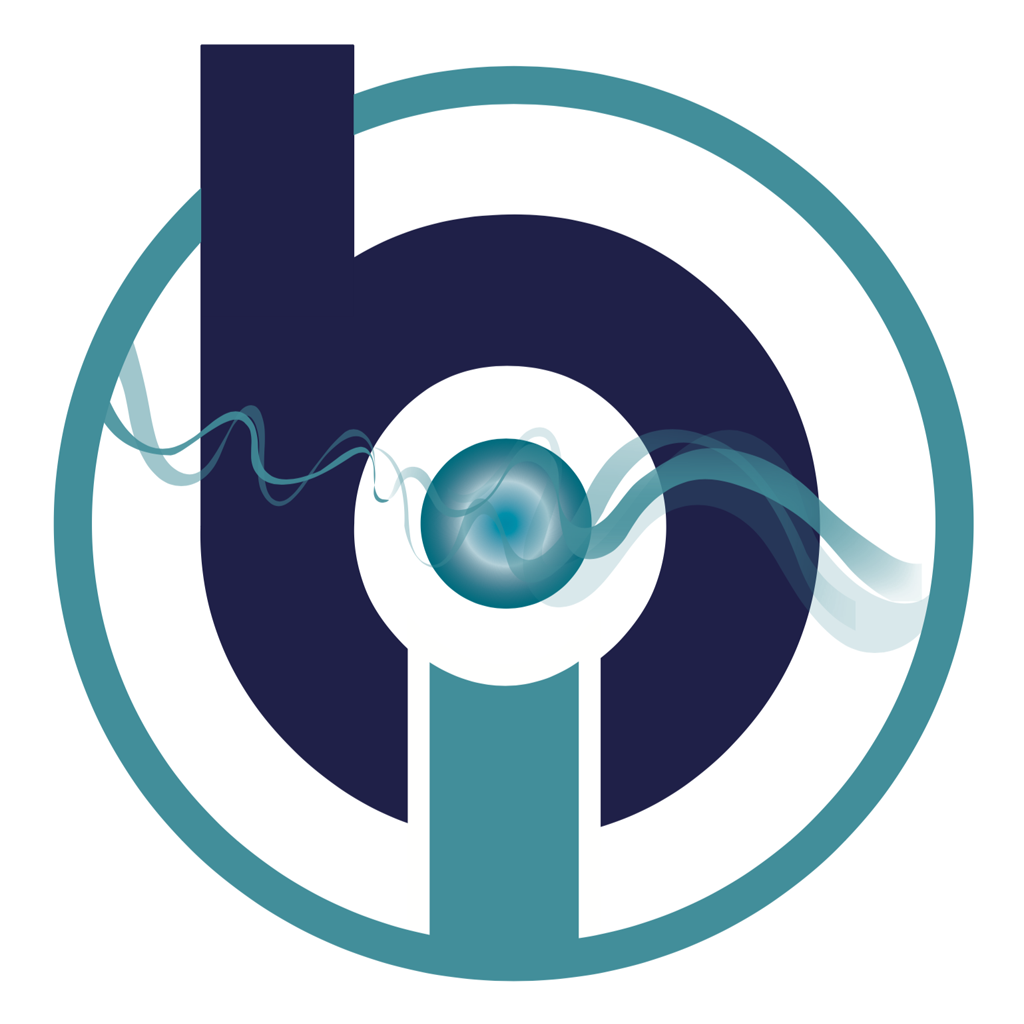Introduction
Breast carcinoma, also known as breast cancer, is the most common form of invasive cancer in female patients. This type of cancer is also the leading cancer to cause death in Hispanic women. In the year 2013, a total of 230,815 women were diagnosed with breast cancer in the United States. In the same year, more than 2,000 men were also diagnosed with this type of cancer. There were also more than 40,000 recorded cases of death in the same year with the cause being breast cancer. Studies provide significant evidence that proves approximately one in eight women within the United States have or will develop invasive breast cancer during their lifetime.
Signs of Breast Cancer

Causes of Breast Carcinoma
The definite cause of breast cancer has not been found, but medical experts have conducted several studies in order to determine factors that contribute to the development of this type of cancer. Age is known to play a vital factor in the development of breast cancer as 80% of breast cancer cases are recorded in patients aged 50 years and older. Women who are post-menopausal often also gain a lot of extra weight. This factor is also seen as an element that adds risk to the development of this cancer. Research also shows that height plays a small role in risk factors as women who are taller than the average height has a slightly higher risk of developing this cancer.
Patients with a family history of ovarian cancer and breast cancer are also at a higher risk of developing breast cancer. Certain genes that make the development of this cancer more likely can be carried over. These genes include:
- BRCA1
- BRCA2
- TP53
Alcohol is also associated with the development of breast cancer and experts advise women to keep their alcohol consumption at a minimum level. Apart from these causes and risk factors, exposure to radiation is another known factor that increase risk.
Treatment Options
Numerous treatment options are available to treat and reduce the symptoms associated with breast cancer. In order to start a treatment plan, a healthcare provider will first have to conduct a thorough examination, which could include several tests. This will help them determine the stage of the cancer, as well as the type of breast cancer, severity of the condition and several other factors. The healthcare provider will work closely with the patient in order to work out the most effective treatment plan based on the test results. The treatment plan may include:
- Surgery
- Radiation therapy
- Systemic therapy
Doctors usually tend to provide a non-surgical treatment option first in order to test the effectiveness of the treatment on the cancer without having to operate on the patient. Neoadjuvant therapy, which is a combination of systemic treatment and either hormonal therapy or chemotherapy, can also make surgery later on much easier. This will also help a doctor determine which methods of treatment works best for the specific patient.
Bioresonance Therapy
Bioresonance therapy can be used as a complementary treatment option in patients with diagnosed breast cancer. The technology works by sending low-frequency waves throughout the body in order to determine the balance of internal organs. In cases where a patient has breast cancer, bioresonance therapy can be used to analyze interfering substances and how they affect the body of the patient. This technology will identify objects leading to ill health including bacteria, allergens, heavy metals, viruses, electro smog and more. When used in combination with another treatment method, bioresonance therapy can help identify the most efficient treatment for breast cancer in a specific patient.
Conclusion
Male and female patients are at risk of developing breast cancer, but female patients have a much greater risk than men. When the condition is diagnosed at an early stage, treatment might be more effective, thus patients are advised to seek medical attention of symptoms are present. Bioresonance therapy can also be used to do a thorough examination and diagnosis of the development of the patient’s cancer.


